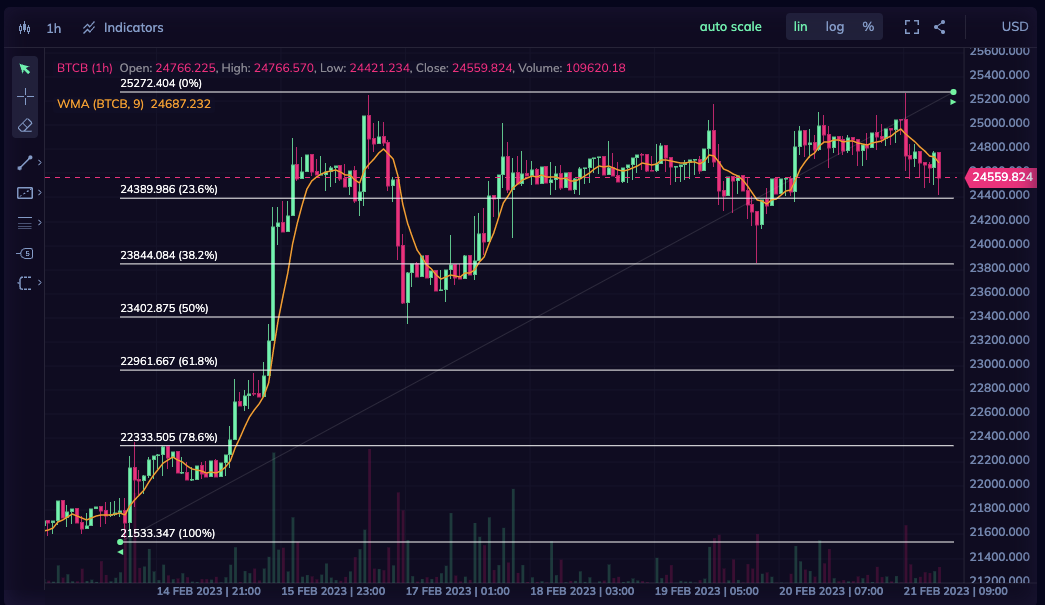A brief history of the blockchain revolution.
The crypto revolution, also known as the blockchain revolution, has been one of the most significant technological developments of the 21st century. It all began with the creation of Bitcoin in 2009, by an unknown individual or group using the pseudonym Satoshi Nakamoto.

The crypto revolution, also known as the blockchain revolution, has been one of the most significant technological developments of the 21st century. It all began with the creation of Bitcoin in 2009, by an unknown individual or group using the pseudonym Satoshi Nakamoto.
Digital currency
Bitcoin was designed to be a decentralized digital currency that could be sent directly from one person to another without the need for a central authority. The technology that made this possible was the blockchain, a decentralized ledger that records all transactions on the network in a secure and transparent manner.
Bitcoin quickly gained a following among tech enthusiasts and libertarians who were drawn to the idea of a currency that was not controlled by any government or central authority. However, it was not until a few years later that the true potential of blockchain technology began to be realized.
Ethereum and dApps
In 2015, a new blockchain platform called Ethereum was launched. Unlike Bitcoin, which was primarily designed for the transfer of digital currency, Ethereum was designed to be a platform for the creation of decentralized applications (dApps) and smart contracts.
This opened up a whole new world of possibilities for blockchain technology, as developers began to explore the potential of blockchain for use in a wide range of industries and applications. Today, there are thousands of cryptocurrencies and blockchain-based projects in existence, each with its own unique features and applications.
Decentralized finance
The blockchain revolution has also brought about significant changes in the financial industry. Traditional financial institutions are now exploring the use of blockchain technology for everything from cross-border payments to trade finance.
Risks
The crypto revolution has not been without its challenges, however. The high volatility of cryptocurrencies and the lack of regulatory clarity in many jurisdictions have led to concerns about the potential risks and challenges of this new technology.
Despite these challenges, the blockchain revolution shows no signs of slowing down. As the technology continues to evolve and mature, we are likely to see even more innovative and disruptive use cases emerge in the years to come. The crypto revolution has already transformed the world of finance, and it has the potential to impact many other industries as well.




